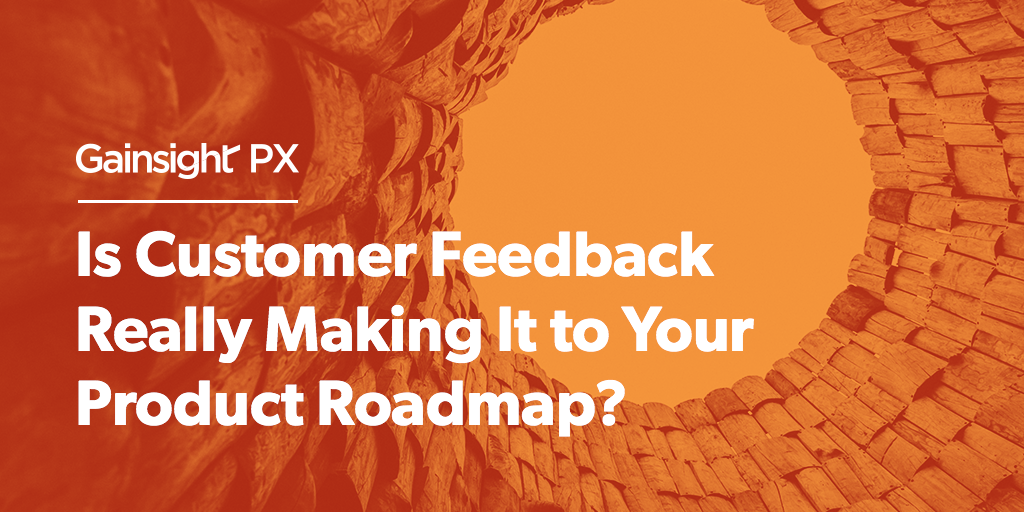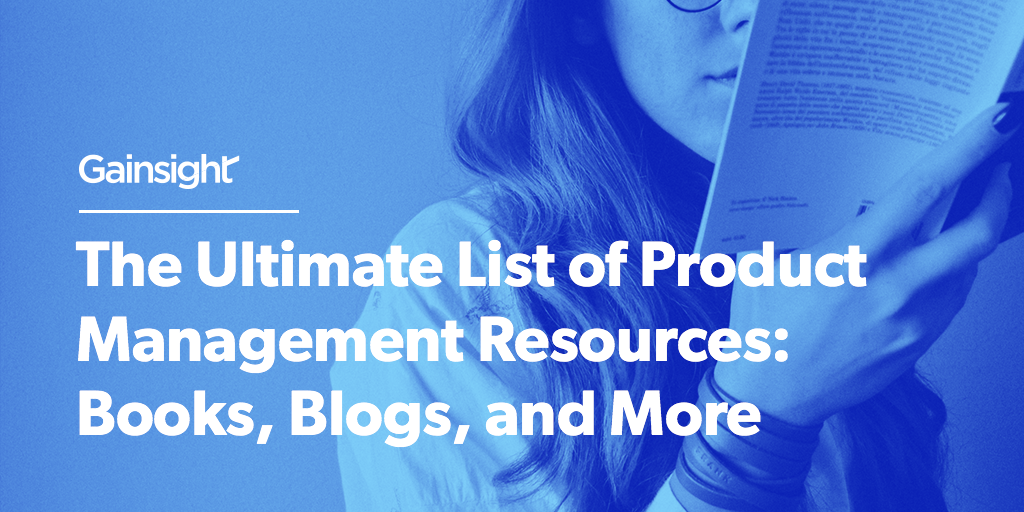The weather outside might be frightful, but looking back, 2019 was pretty delightful.
We’ve released some amazing new Gainsight PX features, put on the best Pulse conference to date, and supported the customer-centric community with an ever-growing content library. With 2020 just around the corner, now is the perfect time to catch up on Gainsight’s top product experience blog posts of 2019.
Top 10 Product Experience Blog Posts of 2019

1. Product Metrics Your Board Members Care About
The role of the board is changing. It used to be that board members didn’t concern themselves with product experience, but now that the entirety of SaaS revolves around product, they’re beginning to take a more hands-on role. Gainsight CEO Nick Mehta sits down with Ajay Agarwal, Partner at Bain Capital Ventures, to discuss which KPIs should be the focus of your next board deck.
“If you have a SaaS business where you can see exactly how your customers are using your product, there are a lot of metrics you might be tempted to add to your packet. The first step is to agree on what “good” means to your company and what KPIs are the best at representing that.”

2. The Beginner’s Guide to Product-Led Growth Metrics
Data is key to product growth, but monitoring it isn’t as easy as it used to be. With product experience becoming increasingly important, monitoring in-app user movements needs to be a priority. Founder of ReinventGrowth, Despina Exadaktylou, takes a look at how organizations can optimize product experience assessments to maximize growth and revenue.
“While user behavior may not be solely affected by a product’s capabilities, the establishment of product metrics should be used in conjunction with existing business KPIs (Key Performance Indicators)… This data unifies business operations and is used as a force multiplier for each team’s impact on the customer journey. “

3. 6 Important Product Management Metrics (and How to Improve Them)
Product analytics are the bread and butter of product growth, but in order to get the most out of them, it’s important to know exactly you’re looking for. In this post, we take a look at six product management KPIs every product manager needs to know to reach their goals.
“As a product manager, metrics affect every move you make. You need to know the right ones to get the job done—and to prove you did it right.”

4. How to Know If Your Product Instrumentation is Out of Date
Are you using outdated methods to map your product? Sometimes it can feel like you’ve put in too much effort to ever change your ways, but don’t let yourself get stuck in that rut. Gainsight VP of Product Growth Travis Kaufman explores why automated product instrumentation is so beneficial and how to identify if you’re still operating in the Stone Age.
“Not only does automated product instrumentation make your life easier, but it also makes the product experience better. Although invisible to users, having a well-organized hierarchy that automatically updates with new features, modules, and enhancements enables you to serve them better.”

5. The In-App Engagement Starter Kit
There’s a fine line between engaging your customers and bothering them. This essential article takes a look at the rules of engagement when interacting with users in-app and how you can optimize your in-app engagements to boost user retention.
“The frameworks and processes in this article will help you build a solid foundation for your in-app engagement strategy. With perfectly-timed and curated in-app engagements, your customers will soon find your product an essential part of their everyday workflow.”

6. Is Customer Feedback Really Making It to Your Product Roadmap?
It’s easy for valuable feedback to get lost on its way from the customer to your product team. Market intelligence professional, Alex McDonnell, shares his findings from 14 interviews with customer success professionals to find out why feedback loops fail and what you can do to fix them.
“Improving the feedback loop between CS and Product doesn’t have to mean introducing a new software tool. It’s more about establishing systems—like communication channels and protocols —to help these two groups work together effectively.’

7. 6 Strategies to Improve User Onboarding
It’s not enough to create a great product—your users need to be armed with the knowledge and confidence to make the most of it. In this post, we examine six onboarding tactics that will drive adoption and increase retention rates.
“In-app engagements are a great way of interacting with your users and ensuring they have a great experience. These could include NPS surveys triggered right after they’ve completed a new feature, notifications about a new piece of content that will help them become more comfortable with the product, and so much more.”

8. The Ultimate List of Product Management Resources: Books, Blogs, and More
A roundup blog post within a roundup blog post—how meta! In all seriousness, check out this article if you’re a product manager that wants to uplevel their skills, or a product leader that wants to keep their skills sharp. You’ll find books, blogs, and slack communities that will expand your mind and your network.
“Bookmark this list and get through it bit by bit. It can seem daunting, but you of all people should know small rituals can lead to large results. So treat yourself to a book every quarter. Download three podcast episodes at the beginning of every week. Set a weekly time slot on your calendar to interact with your Slack community friends.”

9. Stop Using the Wrong Product Metrics: Valuable Metrics Framework [Part 1]
You know data’s important, but do you know how to measure it? Clement Kao, Co-founder of popular community, Product Manager HQ, shares how product managers can create KPIs that align with both current product metrics and desired business value. Check out both Part 1 and Part 2 to get a complete understanding of the strategy behind nailing down those valuable metrics.
“The key reason why product metrics might not align to business value is because most instrumented metrics are the ones that are easy to instrument, and not the ones that actually matter to the business.”

10. Use This Framework to Unblock Your Product Roadmap
The greatest product in the world won’t make up for a user process full of friction. Learn how FullStory uses the 9-Blocker technique to identify blocks in their product roadmap and effectively get rid of them.
“What’s so useful about the 9-Blocker approach is that the work (and subsequent documentation) we put in to assess cost and value makes it easy to communicate our priorities to different stakeholders. This reduces the chances of unexpected questions or concerns. Most importantly, this generates clarity and builds confidence across the organization that everyone is working on what’s most important.”
Our New Year’s Resolution
We know your New Year’s resolution is to become better at your craft which is why our New Year’s resolution is to do even more to help you on that journey! Put what you’ve learned in these articles to good use with Gainsight PX. Start a 15-day free trial or sign up for a custom demo today!

